Avatar: The Last Airbender: "Chapter Three: The Southern Air Temple" through "Chapter Six: Imprisoned"
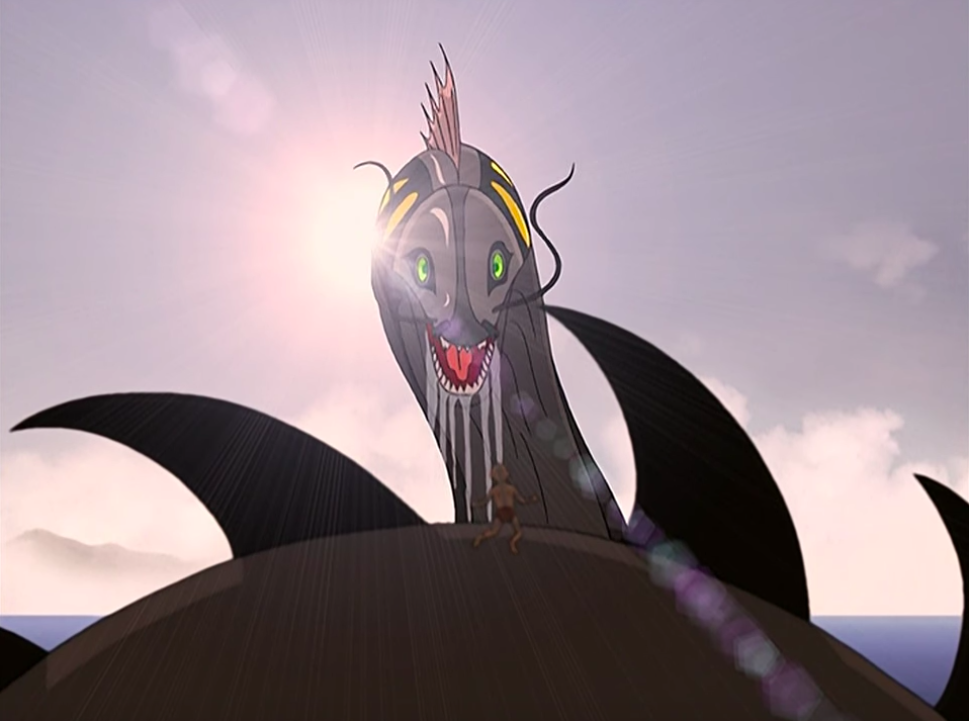
(This is the second installment of my weekly recaps of Avatar: The Last Airbender, the Nickelodeon animated series that ran from 2005 to 2008 to much critical acclaim. I’ve never seen it! These recaps are only available to paid subscribers.)
“Chapter Three: The Southern Air Temple” (originally aired February 25, 2005)
“Chapter Four: The Warriors of Kyoshi” (originally aired March 4, 2005)
“Chapter Five: The King of Omashu” (originally aired March 18, 2005)
“Chapter Six: Imprisoned” (originally aired March 25, 2005)

LOOK AT MY NEW FRIEND THE EEL FRIEND. (Credit: Nickelodeon)
Six episodes in to season one of Avatar: The Last Airbender, the show functions primarily as a more serialized Saturday morning cartoon. The influence of anime is notable — particularly in the visuals — and there’s a heavy dose of kids action comics from the ‘60s and ‘70s in there. But for the most part, the show feels slightly like, say, Masters of the Universe, if that show had a much larger mythology and more complex world. In each and every episode this week, I saw a new creature or character who would have been used to sell toys in a 1980s cartoon. (To my regret, the giant unagi Aang hangs out with is not, in fact, available to easily buy as a toy. Alas.)
I want to be clear here: I don’t mean this as a complaint, not really. I am enjoying the show much more than I thought I would be for something that is so clearly meant to teach kids moral lessons. My comparison is mainly structural, not qualitative. Many of the best shows in TV history can be described as “a slightly more [X] [vaguely disreputable genre],” and I love them for it. Avatar having lots in common with He-Man doesn’t make it a lesser show, to my mind. Indeed, the fact that it’s as enjoyable as it is is a mark in its favor, to my eyes.
It’s also easy to miss the way that this series builds off the Saturday morning cartoon template, because the changes are so subtle. After all, in many of those old action cartoons, the characters would keep moving along the road and having new missions, in a fashion vaguely reminiscent of travelogue shows like The Fugitive. Those shows typically had a villain following just a few steps behind the heroes, as Zuko does in this series. It would have been so easy for Avatar to simply put a new gloss on an old form without really updating it.
Now, I live in 2021, where I know that this series goes on to be acclaimed for its serialization. So I have a bit of an advantage when it comes to knowing where this show is going to end up. Viewers in 2005 likely had no idea what was coming and assumed they had tuned in to a vaguely promising action cartoon, aimed at 10-year-olds. There’s nothing wrong with that, but it also wouldn’t have become a series people are still obsessed with, 16 years later.
Yet if you watch these four episodes closely, you’ll see that the series is already building links between its chapters in ways that are much more overt than those earlier shows. For one thing, the journeys of the characters, especially Aang and Katara, have more connective tissue than earlier cartoons boasted. For another, the series has a defined goal for the characters to reach: the North Pole, where Aang can learn waterbending. This spine, loose as it is, gives the series a feeling of narrative progression.
But I think the real reason for the show’s distinctiveness, even this early on, is the subtle way it indicates that the places you are visiting will matter. It manages this trick because the first episode involves Aang traveling to a temple full of long-dead airbenders. Now, if he’d read the title of his own show, he would know what to expect there, but the reveal that his entire society is gone gives everything that follows a real gravitas. Katara and Sokka spent the entire two-part premiere getting ready to leave home; Aang has no home to which he can return. It’s a good duality for this sort of show.
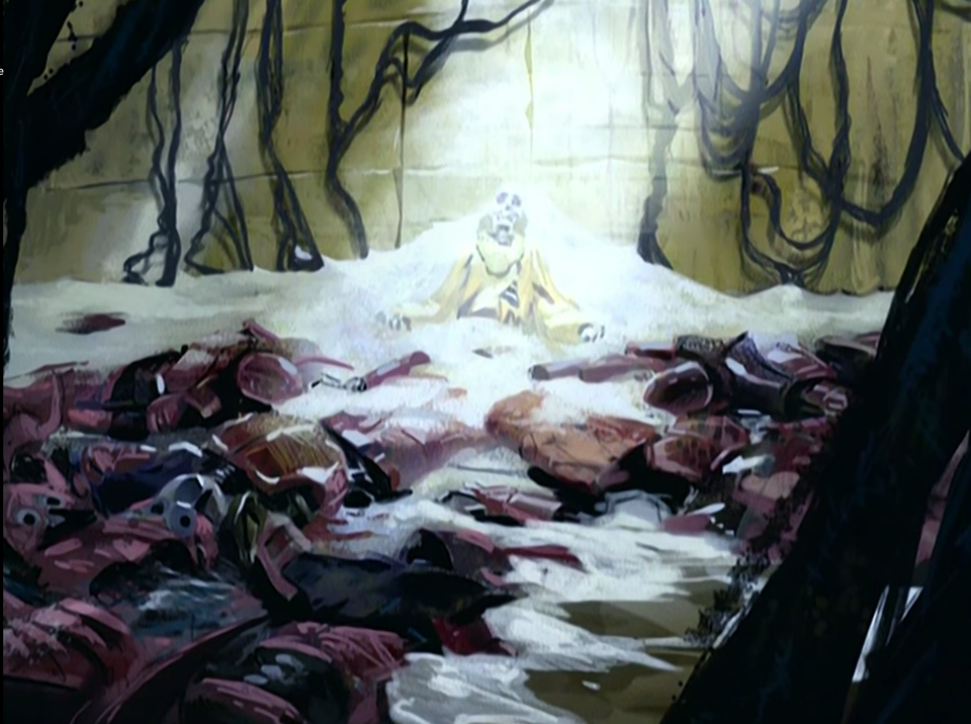
This image (from “The Southern Air Temple”) is particularly dark for a show purportedly aimed at kids. (Credit: Nickelodeon)
The three episodes that follow “The Southern Air Temple” are of variable quality and mostly seem to exist to teach some quick moral lessons. The action sequences aren’t quite as involving as I’d hoped they would be, and when you watch a bunch of them in a row, the sameiness of the formula stands out more. (The trio goes to a new location; people are suspicious of them; they figure out some sort of mission to go on; they have to overcome a larger-than-life challenge.) But they feel important, which is almost a better quality for a show than actually being important.
Looking at these episodes, they’re almost a perfect test case of something I call “procedural worldbuilding.” I was going to write a pithy explanation of what I mean by this, but it’s easier to just quote myself from 2015:
The default mode of a lot of sci-fi and fantasy shows in their early going, procedural world-building involves a slightly more complicated version of the "mostly episodic" structure, wherein episodes are standalone, mostly, but information the characters learn about the world contributes to a growing sense of a larger mythos.
I genuinely have no idea if the Warriors of Kyoshi or King Bumi or the giant unagi or any number of Fire Nation villains will return in future stories and episodes. The structure of season one is designed to make what’s happening feel like one long push forward toward the North Pole, so it’s entirely possible I’m wrong about where the series is headed. But the show takes such great care to sketch in the places the characters visit with tiny but telling details that I’m going to be very disappointed if we don’t get to see these people and places again. (This is especially true of my best friend, the giant eel. I was extremely upset that Aang didn’t get to take it and ride it around and that the show didn’t just involve Aang making a new animal friend in every episode. It should have.)
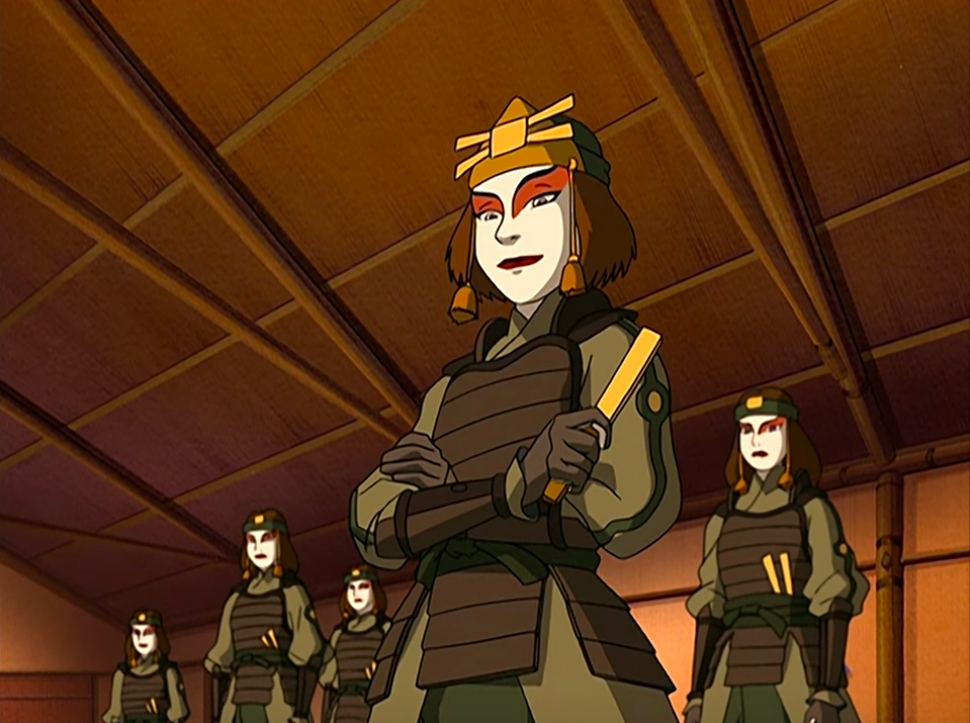
I won’t lie. I’m into Suki’s whole deal. (Credit: Nickelodeon)
What’s more, the characters strike up these interesting little relationships with the people they meet in these new locations. Momo the monkey-type creature settles in with Aang for the long haul, a constant reminder of what was lost when the airbenders fell. But Sokka also sees sparks fly with Suki from the Kyoshi warriors (please let these two kiss, show), while Aang reunites with his old friend (now literally an “old” friend) Bumi. “Imprisoned” feels like the least consequential episode of this batch, but even that gives Katara a new connection with Haru, who clearly will forever be in her debt. Our central trio now has three new connections to the communities they’ve just visited, connections that we’re primed to hope will pay off somewhere down the line.
I’m not going to sit here and say that this is revolutionary TV storytelling, even for its time. But it is an exceptionally well-handled version of procedural worldbuilding, a storytelling mode that can very quickly turn monotonous as each new location in the show’s world is set up. Avatar is doing a solid job of giving each new location in Earth Nation its own distinct feel, while also stacking them against each other, so you can get a sense of how the earthbenders function as a whole. Yes, you get an entertaining enough storyline in each and every episode, but you also get new details that help you understand how the world of the show works.
Now, granted, my praise of these episodes is muted, and it all hinges on the idea that these details will add up to something somewhere down the line. But we’re early in the run of the series, so now is the time to be teasing things that might happen and offering tantalizing glimpses of whatever the entirety of this story might be. Or, put another way: Too many people I know love this show for me to think this isn’t headed somewhere, and when I accept that it probably is, these episodes are doing some very subtle heavy lifting.
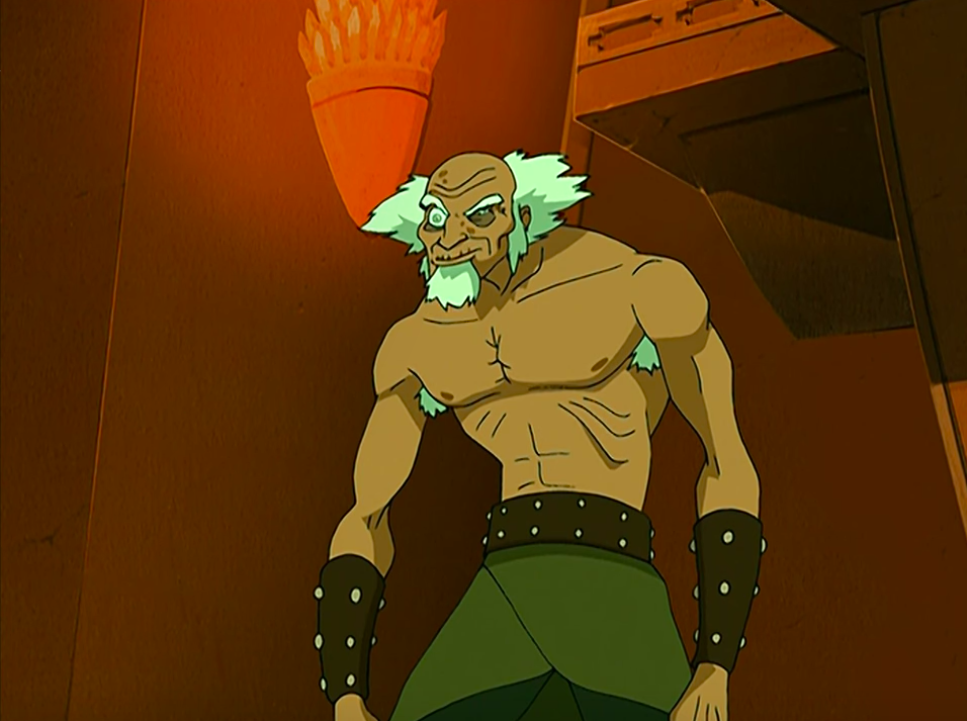
Now that’s a man! (Credit: Nickelodeon)
Other thoughts I thought:
- I like that Sokka’s big storyline in this episode (in “The Warriors of Kyoshi”) involves, basically, learning to be nice to girls. That’s a useful lesson, Sokka!
- I was also incredibly amused that Sokka’s plot in “The Southern Air Temple” involved him wanting desperately to eat Momo. I hope this is just setting up a will-they/won’t-they with Sokka trying to eat the monkey creature.
- All things considered, King Bumi seems like your good friend from high school that you unfriend on Facebook.
- Zuko finding Katara’s mother’s necklace is a reasonably enticing tease for the episodes to come. It’s also a good reminder that all of this is part of an ongoing story. Not that I forgot that fact, but.
- Watching these episodes on Netflix, they’re always preceded by Nickelodeon branding that features preteen boys goofing off on skateboards, and it’s so hopelessly 2004 that I can never keep from laughing.
- I CANNOT STRESS HOW MUCH I LOVED THE GIANT UNAGI AND WANT TO BE ITS FRIEND.
- I can take or leave Momo, however.
Next time: It’s a proper two-parter, so we’re just going to tackle the two episodes in the “Winter Solstice” duo.

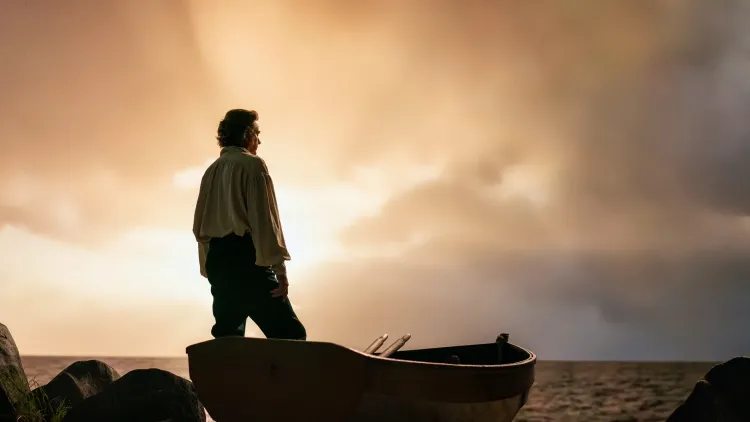
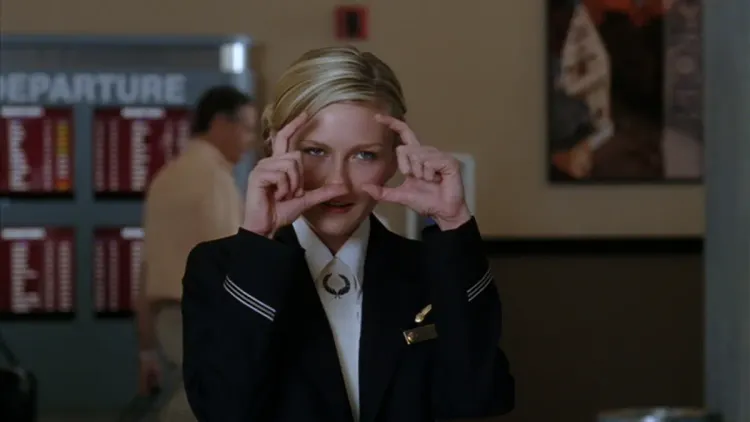
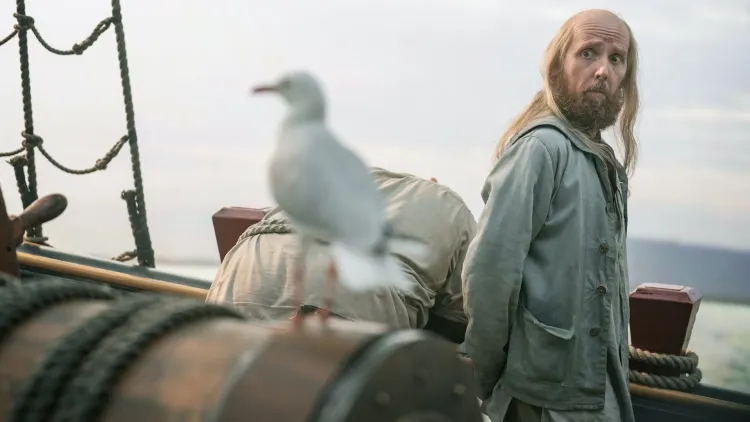

Member discussion